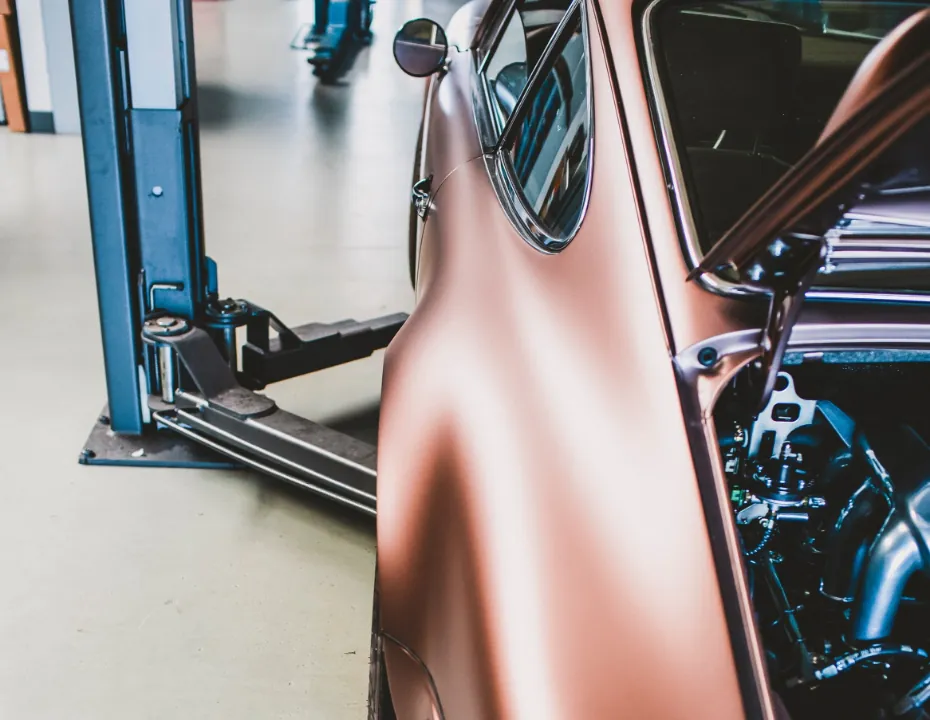Monday to Saturday - 8:00 -17:30

As the global push for sustainability intensifies, the automotive industry finds itself at the forefront of a significant transformation. With increasing regulatory pressures, shifting consumer expectations, and the urgent need to address climate change, sustainability is no longer just an option but a necessity for automakers. This article delves into the role of sustainability in the automotive industry, examining how manufacturers are adapting, the challenges they face, and the future outlook for sustainable mobility.
The Drive Toward Eco-Friendly Vehicles
One of the most visible signs of the automotive industry’s commitment to sustainability is the rapid development and adoption of eco-friendly vehicles. Electric vehicles (EVs), hybrid cars, and fuel-efficient internal combustion engines are becoming more common as automakers strive to reduce their carbon footprint. EVs, in particular, have gained significant traction, with global sales surging and many automakers pledging to phase out gasoline-powered vehicles in favor of electric alternatives.
This shift is driven by a combination of factors, including government regulations aimed at reducing greenhouse gas emissions, advancements in battery technology, and growing consumer demand for environmentally responsible products. For example, the European Union’s stringent CO2 emissions targets have accelerated the development of low-emission vehicles, while incentives such as tax breaks and rebates make EVs more accessible to consumers.
In addition to EVs, the automotive industry is exploring alternative fuels, such as hydrogen fuel cells and biofuels, as part of its sustainability efforts. Hydrogen fuel cell vehicles, which emit only water vapor as a byproduct, offer a promising solution for achieving zero emissions, especially in heavy-duty and long-haul applications. While these technologies are still in the early stages of development, they represent a crucial component of the industry’s broader sustainability strategy.
Sustainable Manufacturing and Supply Chains
Beyond the vehicles themselves, automakers are increasingly focusing on making their manufacturing processes and supply chains more sustainable. This includes reducing energy consumption, minimizing waste, and sourcing materials responsibly. Many companies are investing in renewable energy sources, such as solar and wind power, to reduce the carbon footprint of their manufacturing plants. For example, several major automakers have committed to achieving carbon-neutral production facilities within the next decade.
The sourcing of raw materials, particularly for EV batteries, is another critical area of focus. The extraction of materials like lithium, cobalt, and nickel has significant environmental and social impacts, including habitat destruction, water pollution, and human rights concerns. To address these issues, automakers are working to ensure that their supply chains are ethical and sustainable by adopting stringent sourcing standards and exploring alternatives, such as battery recycling and the use of less harmful materials.
Additionally, the concept of a circular economy is gaining traction in the automotive industry. This approach emphasizes the reuse, recycling, and remanufacturing of materials to reduce waste and extend the lifecycle of products. For instance, some automakers are developing programs to refurbish and repurpose old batteries from EVs, turning them into energy storage systems for homes and businesses. This not only reduces waste but also provides a sustainable solution for managing the growing number of used batteries.
The Challenges of Achieving Sustainability
While the automotive industry is making significant strides toward sustainability, it faces several challenges that must be addressed to achieve long-term success. One of the most significant challenges is the high cost of developing and manufacturing sustainable technologies. For example, the production of EV batteries is still expensive, and the infrastructure required to support widespread EV adoption, such as charging stations, requires substantial investment.
Another challenge is the balance between sustainability and profitability. As automakers transition to more sustainable practices, they must navigate the complexities of maintaining profitability while meeting regulatory requirements and consumer expectations. This is particularly challenging in emerging markets, where cost considerations often outweigh environmental concerns.
Moreover, the global nature of the automotive industry means that sustainability efforts must be coordinated across different regions with varying regulations, market conditions, and consumer preferences. Achieving this level of coordination requires collaboration between automakers, governments, and other stakeholders to develop standardized approaches to sustainability.
The Future of Sustainable Mobility
Despite the challenges, the future of the automotive industry is undoubtedly geared toward sustainability. The transition to sustainable mobility will require continued innovation, investment, and collaboration across the industry. As technology advances and economies of scale are realized, the costs associated with sustainable practices are expected to decrease, making them more accessible to a broader range of consumers and markets.
In the coming years, we can expect to see an increase in the availability and affordability of electric vehicles, the expansion of renewable energy-powered manufacturing, and the further integration of circular economy principles into automotive design and production. Additionally, advancements in autonomous driving technology could further enhance sustainability by optimizing vehicle efficiency and reducing traffic congestion.
Ultimately, the shift toward sustainability in the automotive industry is not just about reducing emissions or meeting regulatory requirements; it is about redefining the way we think about transportation. By embracing sustainability, the automotive industry has the opportunity to lead the way in creating a cleaner, more efficient, and more equitable future for all.
